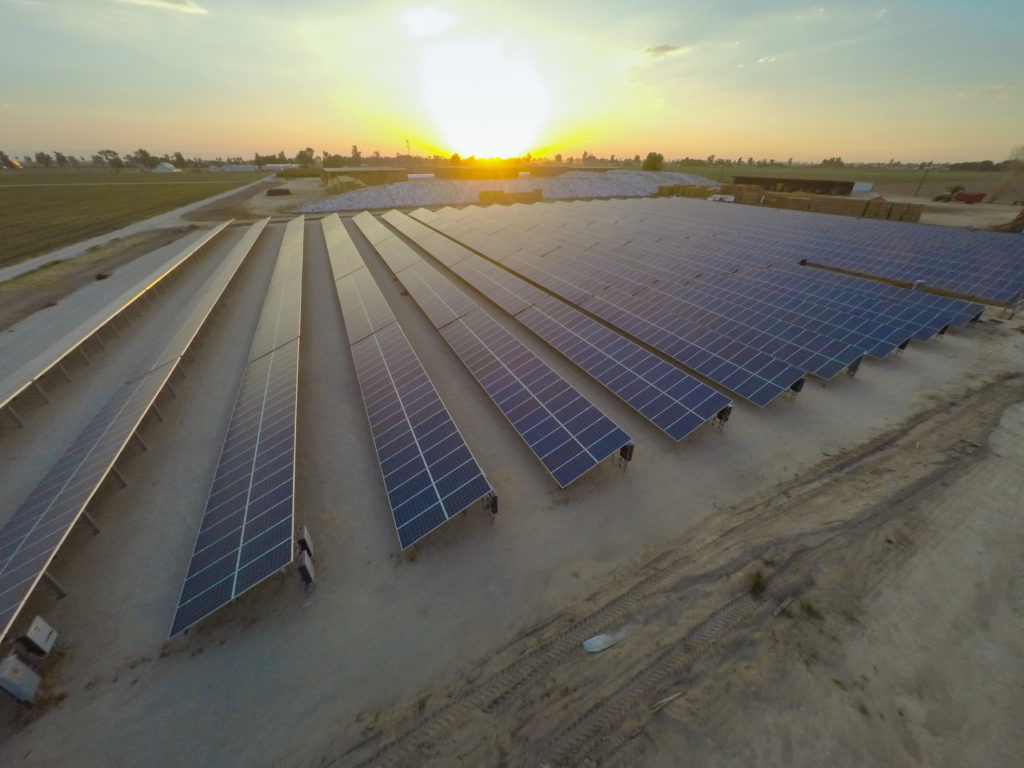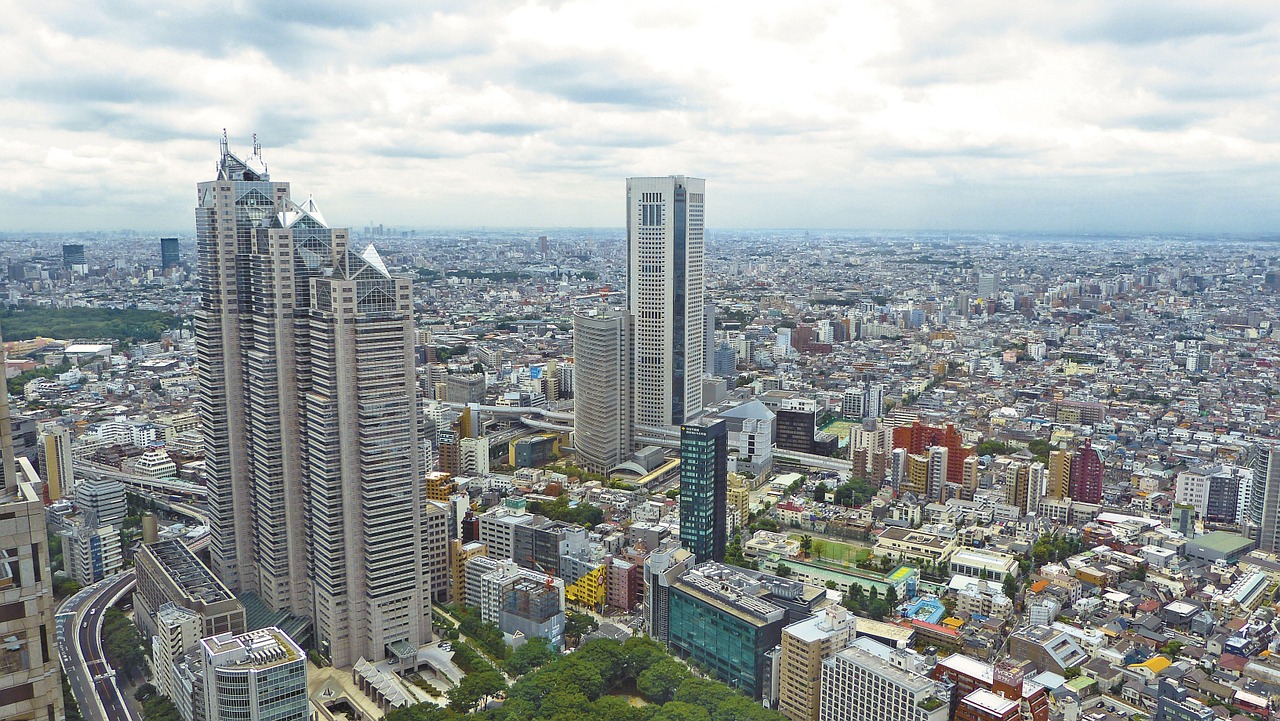By Frank Andorka, Senior Correspondent
Perovskites have been the hot solar technology for several years now without, frankly, a lot to show for it. But one company – Solar-Tectic – has reached the patent stage for its thin-film perovskite technology.
Could perovskite modules be close behind? The answer is a definite maybe.
According to the company’s release, the breakthrough is the width of the bottom layer in the tandem cell. The release says:
Wafer sized bottom poly- and monocrystalline silicon layers in PERC, PERL, HIT, HJ, or perovskite/silicon tandem cells are typically 200-280 microns thick, whereas ST’s thin-film crystalline inorganic bottom layers can be as thin as 20-30 microns with the same or similar efficiency; moreover, they can be processed at much lower temperatures thereby lowering costs of production significantly.
Most solar observers believe perovskites would be a valuable addition to the solar space because their photovoltaic properties are much more sensitive than silicon, meaning their conversion efficiencies – how well they convert sunlight to electricity – is much higher. The theoretical conversion efficiency for perovskites is nearly 45%, almost twice the highest silicon cell efficiency (though in reality, thin-film modules such as First Solar’s have nearly reached a 30% efficiency).
The breakthrough patents correspond to a “Tandem Series” of solar cell technologies which has been launched by ST, and that includes a variety of different proven semiconductor photovoltaic materials (i.e. III-V, CZTS, a-Si, etc) for the top layer on silicon (or germanium) bottom layer, on various substrates such as cheap soda-lime glass. Last year, ST announced the first patent ever granted for this perovskite/silicon thin-film tandem approach.
Interestingly, the entire ST process is environmentally friendly since non-toxic Sn (tin) or Au (gold) is used to deposit the crystalline silicon thin-film material for the bottom layer in the tandem/heterojunction configuration as well as in the top, perovskite, layer.



 Tokyo, one of my favorite cities in the world, is about to do something REALLY dumb: build a solar road.
Tokyo, one of my favorite cities in the world, is about to do something REALLY dumb: build a solar road.